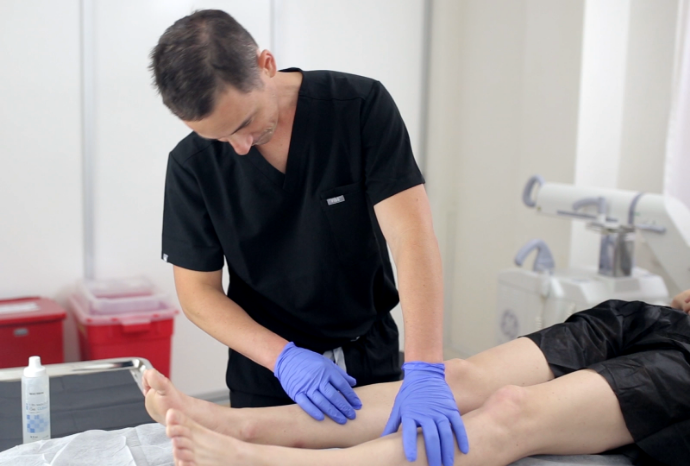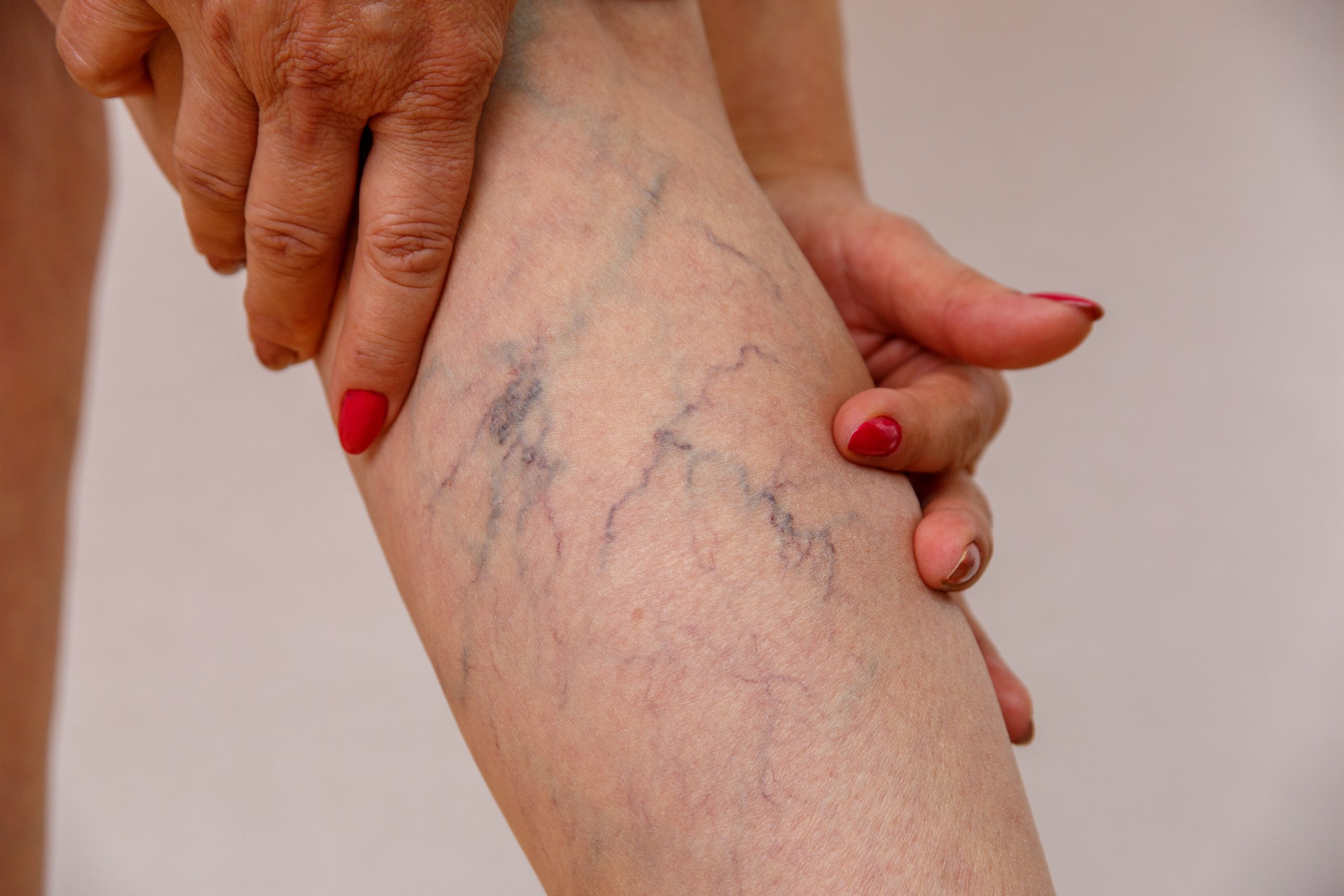Advantage of Varicose Vein Removal: Is It Worth Getting Varicose Veins Removed?
Varicose veins are not only a cosmetic concern but also a medical condition that can lead to discomfort and health complications if left untreated. For many, the question arises: "Is it worth getting varicose veins removed?" The answer is often a resounding yes, especially when you consider the benefits of addressing the issue early on. This article delves into the advantages of varicose vein removal, what a vein clinic does, and why treatment is essential for overall health.
What Are Varicose Veins?
Varicose veins are enlarged, twisted veins that often appear on the legs and feet. They occur when the valves in the veins fail to function properly, causing blood to pool instead of flowing efficiently back to the heart. This pooling of blood leads to increased pressure in the veins, which causes them to bulge and twist, resulting in the characteristic appearance of varicose veins.
While varicose veins are commonly seen as a cosmetic issue, they can also cause symptoms such as pain, swelling, and a heavy or aching sensation in the legs. In more severe cases, they can lead to complications like ulcers, blood clots, and bleeding.

What Does a Vein Clinic Do?
Before diving into whether it's worth getting varicose veins removed, it's essential to understand what a what does a vein clinic do and how it can help manage and treat this condition. Vein clinics are specialized medical centers focused on diagnosing and treating vein-related issues, particularly those related to varicose veins and spider veins.
Here’s what a vein clinic typically does:
1. Diagnosis: The first step in treating varicose veins is an accurate diagnosis. A vein clinic will perform a thorough examination, which may include a physical exam and diagnostic tests like ultrasound to assess the extent of the vein problem and determine the best course of action.
2. Treatment Options: Vein clinics offer a variety of treatment options depending on the severity of the condition. These treatments range from non-invasive procedures to surgical interventions. Common treatments include sclerotherapy, laser therapy, radiofrequency ablation, and endovenous laser treatment (EVLT). Each of these treatments aims to close off the affected veins, redirecting blood flow to healthier veins.
3. Aftercare and Follow-up: After treatment, a vein clinic provides essential aftercare instructions to ensure proper healing and reduce the risk of recurrence. Regular follow-up appointments are also scheduled to monitor the patient's progress and address any concerns.
4. Patient Education: Vein clinics play a crucial role in educating patients about vein health. This includes providing information on preventive measures, lifestyle changes, and recognizing early signs of vein problems to seek timely intervention.
The Benefits of Removing Varicose Veins
Now that we understand what a vein clinic does, let's explore the advantages of getting varicose veins removed. Here are some compelling reasons why treatment is worth considering:
1. Improved Aesthetics: One of the most apparent benefits of varicose vein removal is the improvement in appearance. For many people, varicose veins are a source of embarrassment, especially during warmer months when shorts and skirts are common. Removing varicose veins can restore confidence and comfort in your appearance, allowing you to wear what you want without feeling self-conscious.
2. Relief from Discomfort: Varicose veins can cause significant discomfort, including aching, throbbing, and a heavy sensation in the legs. This discomfort often worsens after prolonged periods of standing or sitting. Treatment can alleviate these symptoms, leading to a marked improvement in your quality of life.
3. Prevention of Complications: If left untreated, varicose veins can lead to serious health complications. These include skin ulcers, which are painful sores that can take a long time to heal, and deep vein thrombosis (DVT), a potentially life-threatening condition where a blood clot forms in a deep vein. Removing varicose veins can reduce the risk of these complications.
4. Better Circulation: Varicose veins result from poor circulation, and addressing the problem can significantly improve blood flow in the affected area. When varicose veins are removed or closed off, the blood is redirected to healthier veins, promoting better circulation and reducing the risk of further vein problems.
5. Increased Mobility: The discomfort and swelling associated with varicose veins can make physical activity challenging. After treatment, many patients experience increased mobility and can return to their regular exercise routines without the pain and discomfort that varicose veins often cause.
6. Boost in Self-Esteem: Beyond physical benefits, the removal of varicose veins can lead to a significant boost in self-esteem. Feeling better about your appearance and being free from pain allows you to engage more fully in social and physical activities, improving your overall mental and emotional well-being.
7. Long-Term Health Benefits: Addressing varicose veins early can prevent further deterioration of vein health. Timely intervention reduces the likelihood of more severe venous issues in the future, ensuring that your legs remain healthy and functional as you age.
Types of Varicose Vein Treatments Available
Several treatment options are available for varicose vein removal, each with its own set of benefits and considerations. Here’s a look at some of the most common treatments offered at vein clinics:
1. Sclerotherapy: This is one of the most popular treatments for smaller varicose veins and spider veins. During sclerotherapy, a solution is injected into the vein, causing it to collapse and eventually fade away. It is a minimally invasive procedure with minimal downtime, making it a convenient option for many patients.
2. Laser Therapy: Laser treatments use focused light to target and heat the varicose veins, causing them to seal shut and eventually be reabsorbed by the body. This method is particularly effective for smaller veins and has the advantage of being non-invasive, with no needles or incisions required.
3. Radiofrequency Ablation (RFA): RFA is a minimally invasive procedure that uses radiofrequency energy to heat and close off the varicose veins. A small catheter is inserted into the vein, delivering heat that causes the vein to collapse. This procedure is often used for larger varicose veins and has a high success rate with a relatively quick recovery time.
4. Endovenous Laser Treatment (EVLT): Similar to RFA, EVLT involves the insertion of a laser fiber into the vein, which emits energy to seal the vein shut. It is highly effective for treating larger varicose veins and is performed under local anesthesia, allowing patients to return to their daily activities shortly after the procedure.
5. Ambulatory Phlebectomy: This is a surgical procedure where small incisions are made to remove varicose veins near the surface of the skin. It is usually done under local anesthesia and is often recommended for veins that are too large or twisted for other treatments. Although more invasive, it provides immediate results and relief from symptoms.
6. Vein Stripping and Ligation: This is a more traditional surgical approach where the affected vein is tied off (ligation) and removed (stripping) through small incisions. It is typically reserved for severe cases of varicose veins that cannot be treated with less invasive methods. Recovery time is longer compared to other treatments, but it is highly effective in eliminating varicose veins.
Is It Worth Getting Varicose Veins Removed?
Given the numerous benefits of varicose vein removal, many people find that the answer to this question is yes. Whether your motivation is aesthetic, health-related, or both, addressing varicose veins can lead to significant improvements in your quality of life. However, the decision to undergo treatment should be made in consultation with a vein specialist, who can provide personalized advice based on your specific condition and health goals.
Factors to Consider Before Varicose Vein Treatment
While the benefits of varicose vein removal are compelling, there are several factors to consider before proceeding with treatment:
1. Severity of the Condition: The extent of your varicose veins will influence the recommended treatment. Mild cases may be effectively managed with lifestyle changes or less invasive treatments, while more severe cases may require surgical intervention.
2. Overall Health: Your overall health and medical history are essential considerations. Some treatments may not be suitable for individuals with certain health conditions or who are taking specific medications.
3. Recovery Time: Different treatments have varying recovery times. Minimally invasive procedures like sclerotherapy and laser therapy typically have short recovery periods, while surgical options like vein stripping may require more extended downtime.
4. Cost and Insurance Coverage: The cost of varicose vein treatment can vary depending on the procedure and your location. It’s important to check with your insurance provider to see if the treatment is covered, as some procedures may be considered elective and not covered by insurance.
5. Potential Risks and Side Effects: As with any medical procedure, there are potential risks and side effects associated with varicose vein treatment. These can include bruising, swelling, and, in rare cases, complications like infection or nerve damage. Discuss these risks with your vein specialist to make an informed decision.
Conclusion: Embrace the Benefits of Varicose Vein Removal
The advantages of varicose vein removal extend far beyond cosmetic improvements. By addressing this common condition, you can relieve discomfort, prevent serious complications, and enjoy better overall health and well-being. A consultation with a vein clinic can help you understand your options and determine the best course of action for your needs. Ultimately, whether or not it's worth getting varicose veins removed depends on your individual circumstances, but for many, the benefits far outweigh the drawbacks.

Comments
Post a Comment